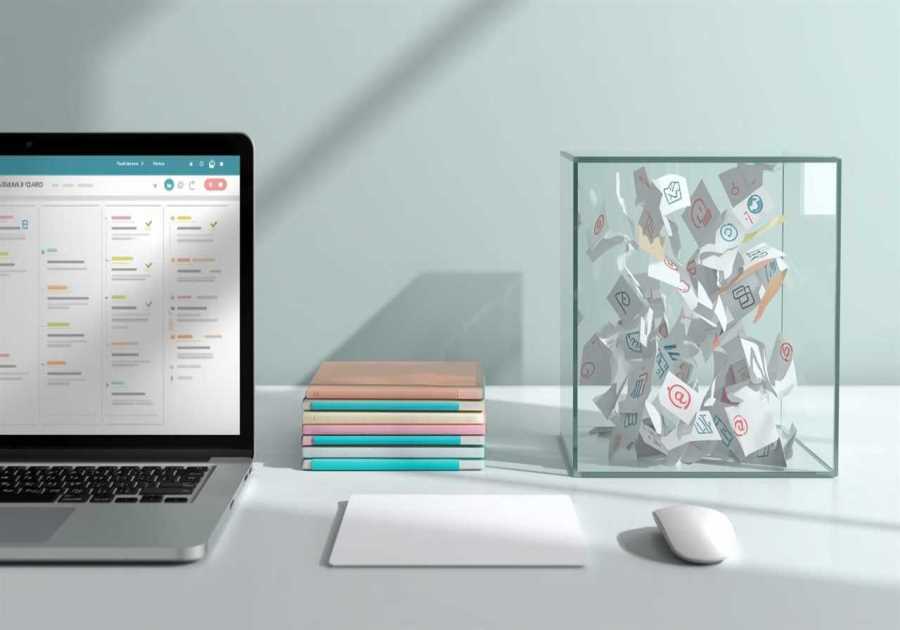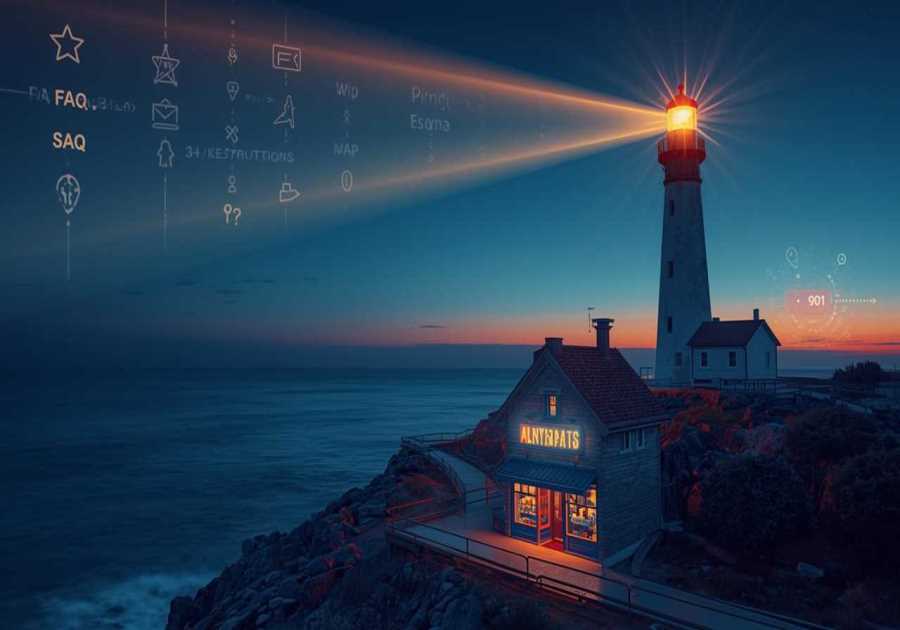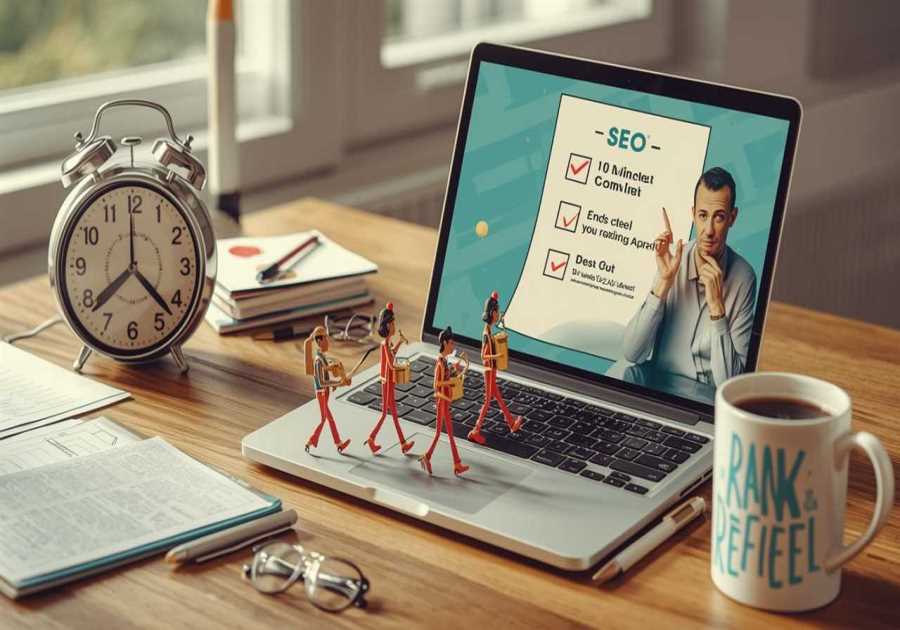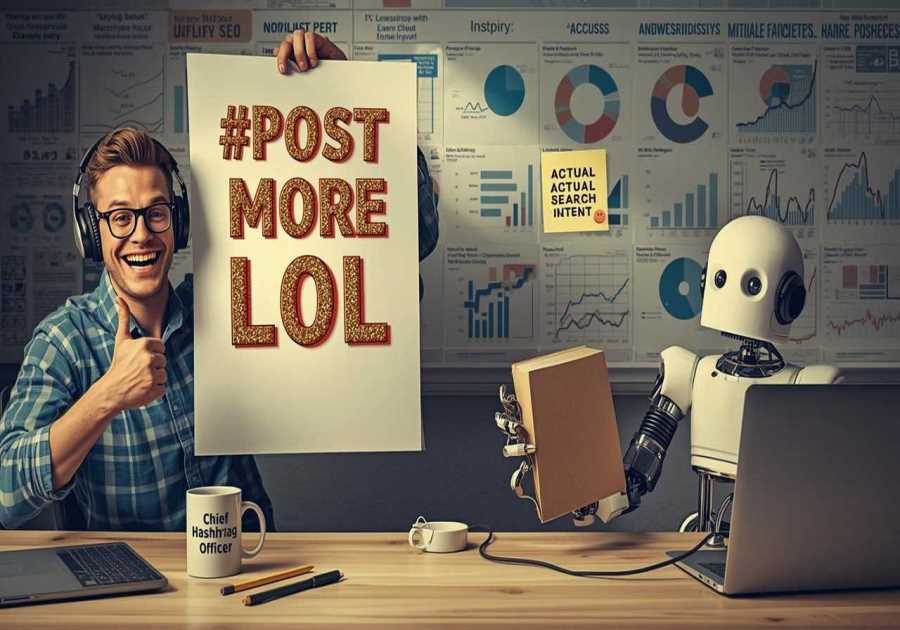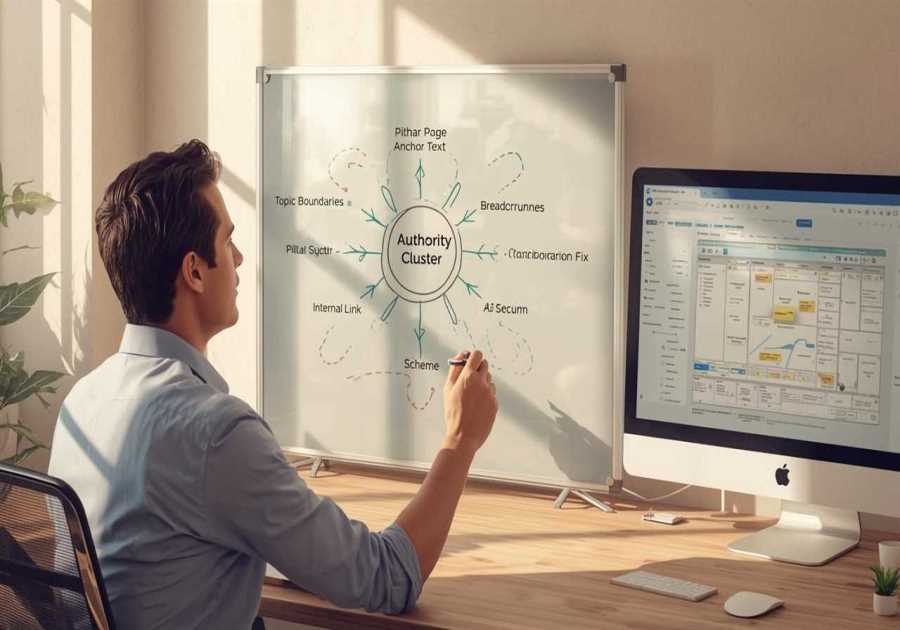
Black Friday and Cyber Monday (BFCM) have always been the Super Bowl of e-commerce. But 2025? It’s different. It’s louder. It’s messier. And if you’re not prepared, your emails will vanish into the noise of millions of inboxes before your customers even notice.
In this guide, I’ll walk you through how to warm up your list, fix your deliverability, build anticipation, design irresistible offers, and roll out campaigns that actually reach the inbox. You’ll see why this year is unlike any other—and how to survive it.
Why 2025 Is Different
Back in 2023 or even 2024, you could wake up in late October, throw together some promotions, and still walk away with solid results. Those days are gone.
Here’s why:
Inbox competition is at an all-time high. Thanks to AI, anyone—yes, even a 16-year-old in their bedroom—can generate slick email copy and designs in seconds. That means your customers are drowning in promotions.
Inbox providers got stricter. Gmail, Yahoo, AOL… all have tightened sender policies. They now judge your “sender score” over a rolling 90-day period.
Spam filters are tougher than ever. If you wait until November to start sending, you’ll end up in Promotions—or worse, Spam—right when you need visibility most.
That’s why the new game is not design. Not timing. Not even discounts. The new game is deliverability.
And deliverability starts in August.
Phase One: August – Deliverability & List Health
This is the month where you set the foundation. If you skip it, you’ll regret it.
Upgrade to a professional ESP. A paid Klaviyo account lets you scale campaigns.
Set up SPF, DKIM, and DMARC records. These authenticate your domain so inboxes trust you.
Test deliverability with GlockApps. See where your emails land: primary, promotions, or spam.
Run a 90-day click rate audit. Forget inflated open rates. If your CTR is under 2%, shrink your segments.
Send re-engagement campaigns. Two simple emails:
“Do you still want to hear from us?”
“You’re being removed tomorrow.” Anyone who doesn’t respond? Suppress them. It saves your sender score and your ESP bill.
Send a profile preference campaign. Ask subscribers how often they want emails and what type of content they care about—sales, tutorials, product drops, recipes. Use answers to build smarter segments.
Think of August as clearing weeds from a garden. You’re pulling out the unhealthy so the healthy can grow.
Phase Two: September – List Building & Warm-Up
Now that your list is healthy, it’s time to plant seeds.
Launch an early access pop-up. “Sign up for first dibs on Black Friday deals.”
Create a dedicated landing page. Simple, embedded form. Call it “BFCM Early Access.”
Promote early access in campaigns. Drive traffic from newsletters to the landing page.
Add banners to flows. Welcome, browse abandonment, checkout, post-purchase—all should mention early access.
Run reminders mid-September. Nudge those who didn’t opt in.
Continue cleaning your list. Remove 90-day unengaged weekly.
This step builds anticipation. Customers lean forward. They raise their hand. They say, “I want in.”
Phase Three: October – Pre-Sale & VIP Offers
October is when excitement turns into action.
Give VIPs early access. Flash sales, product drops, or exclusive bundles. Make them feel special.
Test offers. Try different discounts (10%, 15%, 20%), bundles, and subject lines. Track what works.
Optimize your landing page. If budget allows, send paid traffic to it.
Finalize offers. Map discounts by segment: VIPs get the juiciest deals, then your engaged list, then new subs.
October is rehearsal. You test the sound, the lights, the script—so when the curtain rises in November, everything runs flawlessly.
Phase Four: November – Execution Month
This is it. Showtime.
Segment hierarchy matters. First VIPs, then engaged subscribers, then newcomers.
Give VIPs early access. Start as early as November 17. They should always feel one step ahead.
Run tiered promotions. “Buy more, save more.” It gamifies shopping and boosts average order value.
Monitor deliverability daily. CTR below 2%? Tighten segments.
Cyber Monday strategy: scarcity codes. Example:
5 codes at 50% off.
10 codes at 40% off.
25 codes at 25% off. Customers rush for the highest tier, creating urgency.
Send recap campaigns. “Final few codes left.” Extend if demand stays hot.
November isn’t about sending more emails. It’s about sending smarter emails—at the right time, to the right people, with the right offers.
Phase Five: December – Gifting & Retention
Black Friday isn’t the end. It’s the beginning of long-term loyalty.
Promote bundles and gift cards. Perfect for last-minute shoppers.
Highlight shipping cutoffs. Build urgency with deadlines.
Enhance post-purchase flows. Thank customers, invite them into your community, offer loyalty perks.
Send win-back campaigns. “Missed BFCM? Here’s one last chance.”
Collect survey data. Ask what products they’d like next year.
December is where one-time buyers become repeat customers. And repeat customers are where the real profits hide.
Bonus Tips for 2025
Drop a limited edition product. A holiday candle scent, a mini skincare bundle, an exclusive flavor. Not just discounts—something new.
Use SMS + Email together. Email inboxes are flooded, but SMS cuts through instantly. Send cart abandonment texts, flash deal alerts, and expiring coupon reminders.
Final Thoughts
This year, BFCM isn’t about who yells the loudest. It’s about who shows up early, who earns trust, who delivers value, and who stays consistent.
Start in August. Build in September. Test in October. Execute in November. Retain in December.
Do it right, and 2025 won’t just be your best Black Friday ever. It’ll be the quarter that changes your business forever.
If you found these email marketing tips valuable, share them with fellow entrepreneurs who want to maximize their campaigns this year. Stay tuned for upcoming posts packed with proven strategies to increase open rates, drive conversions, and build stronger customer relationships. In the meantime, explore our other articles to sharpen your marketing skills and keep your business growing. You may want to start with this one: Email Marketing Isn’t Dead – It’s Dominating

